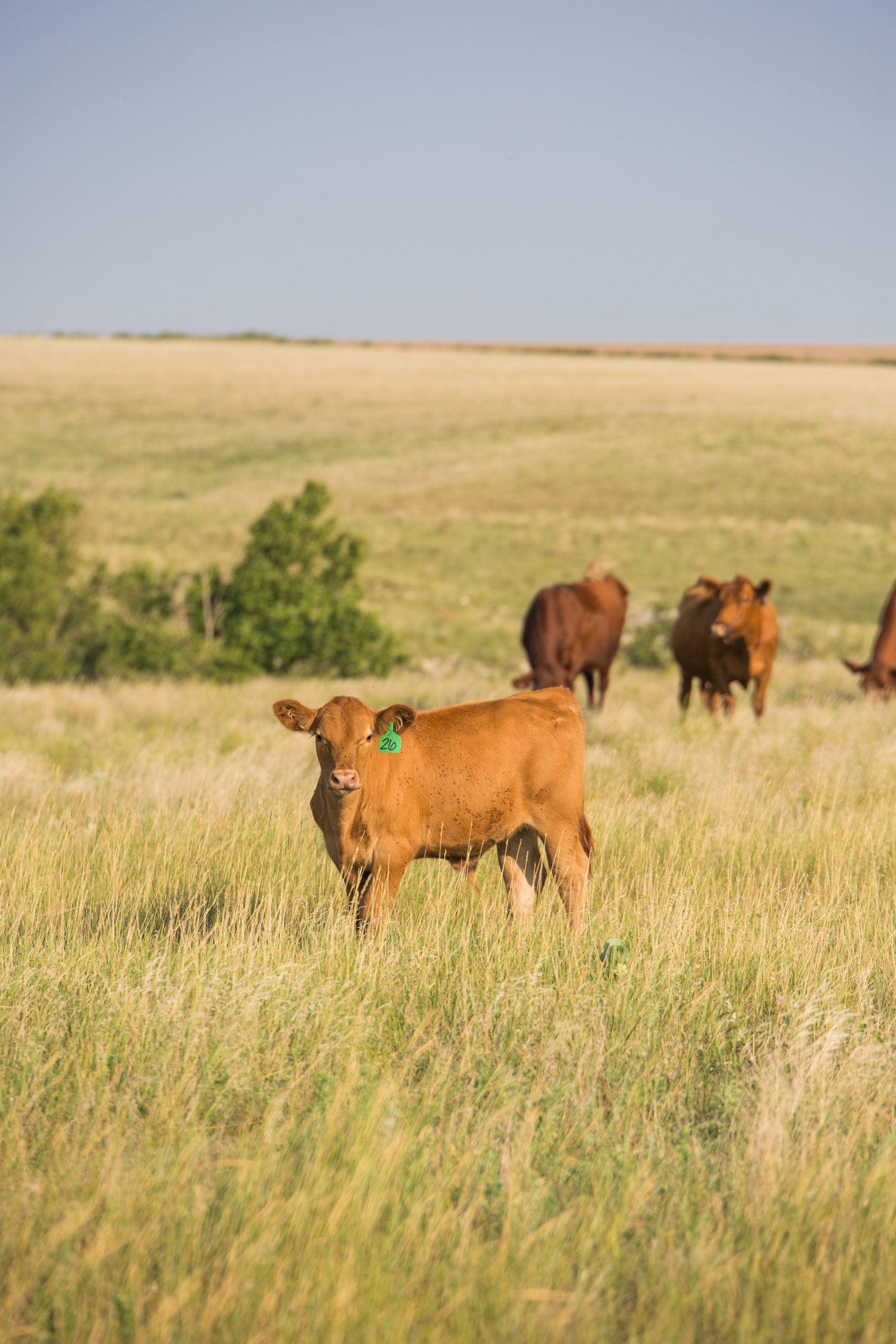Adding estrus synchronization protocols can help your bottom line

Calves born early weigh more at weaning and stay in the herd longer
There are a lot of advantages to having the majority of your calf crop born in the first 21 to 30 days of the calving season. Not the least of these is early-born calves wean 35 to 50 pounds heavier than calves born in the second and third calving periods, assuming a 90-calving window, according to Rebecca Poole, assistant professor, physiology of reproduction, at Texas A&M University.
Then there’s this, she told attendees of the recent 2023 World Wagyu Conference in San Antonio: “[Heifers] born [later] within the calving season are usually going to be culled sooner [as cows] because they’re not as productive as their counterparts that were born earlier in the calving season.”
One way to achieve that is to incorporate estrus synchronization protocols into your breeding program, she told Wagyu enthusiasts. That can work with natural service, artificial insemination, or embryo transfer.
There are a number of estrus synchronization protocols for heifers and cows, she said. A complete look at these can be found on the Beef Reproduction Task Force website at www.beefrepro.org. One example, however, is the Select Synch & Timed AI program.
In that protocol, cows would receive a shot of gonadotropin-releasing hormone on day zero. Beginning on day six, begin detecting cows in heat using estrus-detecting aids or observing mounting behavior and start breeding artificial insemination. Give a shot of prostaglandin on day seven and continue heat detection and breeding. On day 10, give another GnRH shot and AI any remaining cows.
Since these products require a prescription, work with your veterinarian and follow Beef Quality Assurance guidelines when giving the shots, she said.
For natural service with bulls, perhaps the easiest protocol is to give cows a shot of prostaglandin and then turn out the bulls seven days later. “We want experienced bulls that passed a breeding soundness exam,” she said. However, there’s no need to add more bulls to the pasture. “We want to ensure that your bull-to-cow ratio is anywhere from 1-to-15 to 1-to-25.”
While there are a variety of protocols, the basics of reproductive physiology don’t change. “When we think about reproduction, everything and anything can impact it,” she said. “Nutrition, genetics, the environment such as heat stress. So you want to make sure your females are going to be in a five or six body condition score. For cows, we want to make sure they’re 40 days post-partum and heifers need to be well developed so we know they’re cycling.”
Estrus synchronization planning starts before calving season begins, she added, “because you need to make sure by the time you get to your breeding season, you’re ready to go.” Incorporating an estrus synchronization protocol into your breeding program, while it requires more work and expense, can make a substantial difference in your bottom line.



